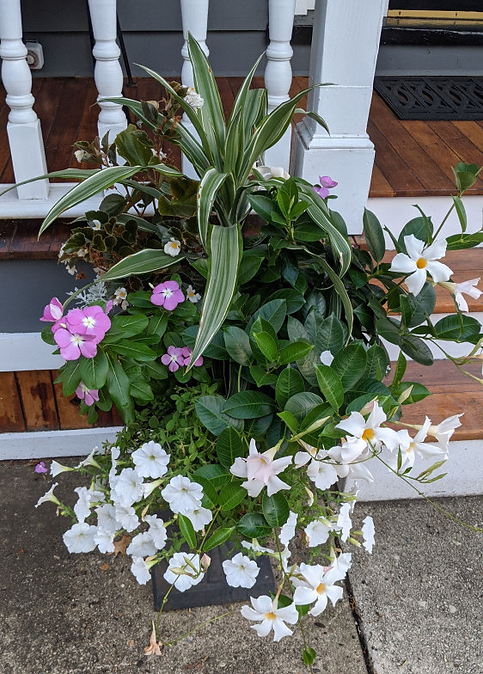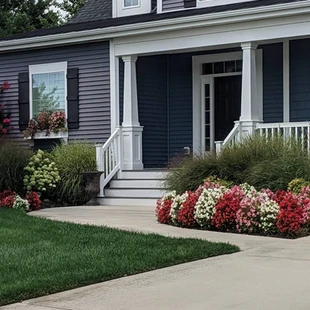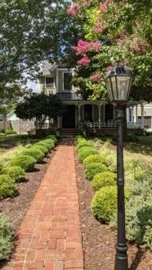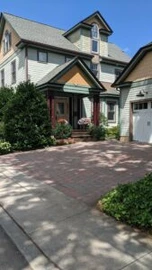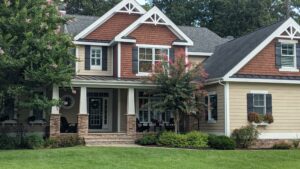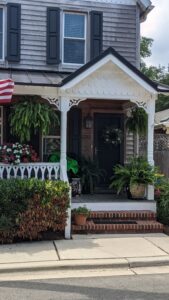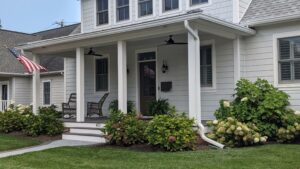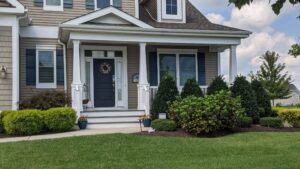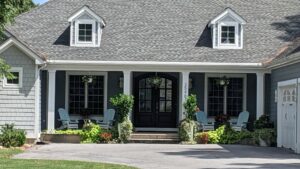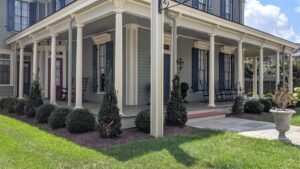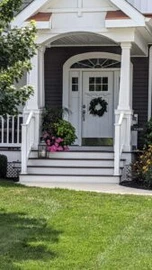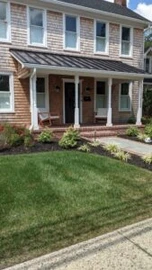It may not feel like it but according to the calender, the summer season is slowly winding down. Now is the time to give some thought to recreating your front yard into a beautiful setting with lovely curb appeal. Whether it’s to put your house on the market or to create that memorable first impression, there are a number of plantings that will help distinguish your home from the rest.
Front yards can be downright boring. If you would like to create a welcoming home that will make you smile and leave a lasting impression on friends and strangers alike, consider the following suggestions. Read on to learn about some front yard plants for year round appeal and what to consider before purchasing plants.
(Some of the links within this post are affiliate links on which I receive a small compensation from the sale of certain items with no extra cost to you.)
(As an Amazon Associate I earn from qualifying purchases.)
Things to Consider Before Purchasing Plants
Evaluate Your Style
Before purchasing anything, consider the style of your home. Is it contemporary, Mediterranean, Cape Cod, Colonial? Once assessed, you’ll want your landscape to complement its style. The front landscaping is an extension of your home and should create a welcoming feeling and be a natural transition from the curb to your front door.
Different style homes are enhanced by particular landscapes. Your home’s style will give you a starting point for designing gardens in your front yard. If you want more information on landscaping for your home style, click here and Matching Your Landscaping to your Home’s Architecture.
Yard Proportions
Before you purchase anything, take into consideration the proportions of your yard and home. Match the garden design to the size of your home and property. A row of impatiens are pretty, however their small blossoms will be dwarfed on a large property. Use sweeping swaths of color if you have a large yard. Add between 5 to 7 or more (odd numbers) bold colored flowers like hydrangeas, peonies, hibiscus and/or rose of sharon to a border that can be seen from a distance.
Plant them where they will grow freely without hindering the view from your windows.
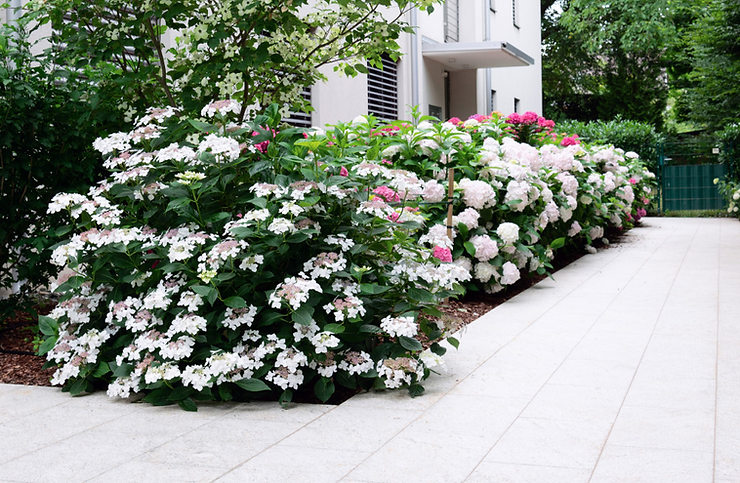
Low Maintenance
With ever changing climates and ecosystems, it’s best to keep your garden low maintenance, sustainable, and native to your region. The way to do that is to incorporate as many native plants as possible into your design. You can learn which plants are native to your area by googling the city or county you live in, add the plus sign, + , then native plants. For example, San Francisco + native plants.
Native plants are healthier and stronger. They also require less fertilizer and watering. Native plants have been established in areas over thousands of years and therefore will thrive more easily. They also “grow in harmony with the environment, the soil, the water supply, the varying weather throughout all the seasons, and other native companions” according to American Society of Landscape Architects.
Interest For All Seasons
You are not only landscaping for the spring, summer, and fall but also for the winter. Typically you do not have the vibrant colors of spring and summer in the winter, especially if your seasons drastically change. You can add interest to your design by including different bark textures and colors, flowing grasses, and multi-seasonal shrubs. A hydrangea blossom ages gracefully and looks beautiful when snow covered. Many shrubs change hues throughout the seasons, produce brightly colored berries for winter critters, and provide shelter for wildlife.
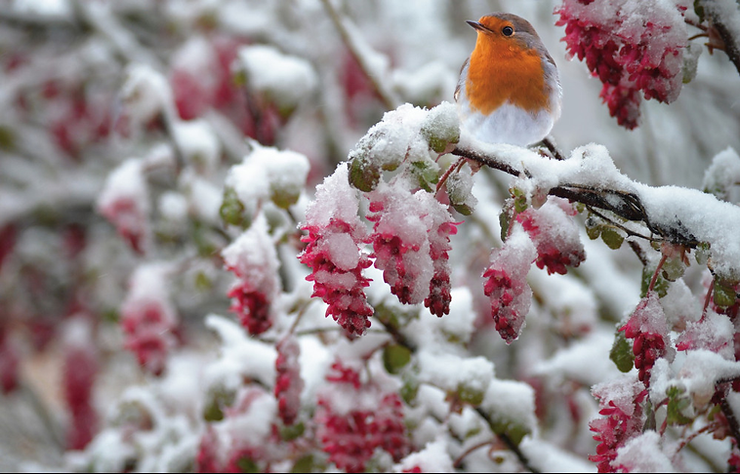
Evergreens such as hollies, pines, firethorn, camellia, and winterberry add beautiful color, texture, and grace to your landscape.
Hardscaping, pathways, gates, fences, and arbors will also add depth and interest to your landscape.
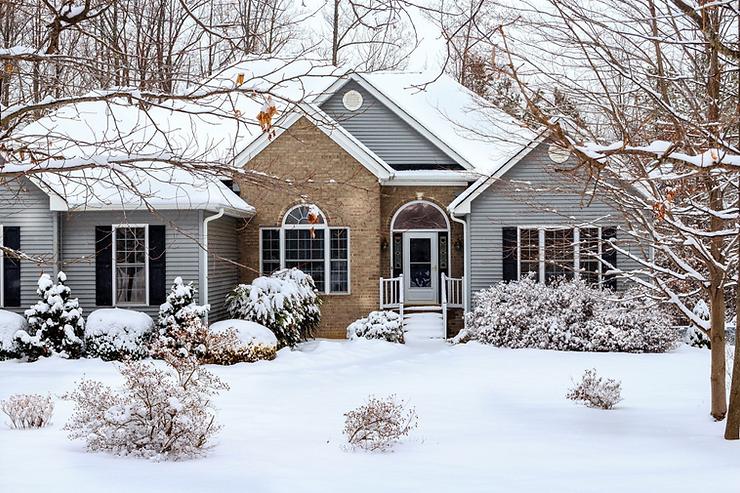
Importance of Pathways
A pathway is the “yellow brick road” to your home. It has two functions: to create a welcoming invitation to your abode; and to create a natural flow directing people to your front door. You can accomplish this by constructing a pathway from the street or driveway with either concrete, pebbles, paver blocks, pieces of slate, or even a path covered with pine needles or mulch. Flank part of the pathway with natural flowers and/or low shrubs to entertain your friends as they stroll to your front door while watching butterflies gracefully flutter through the flowers and catching the wafting aromas of your beautifully scented flowers.
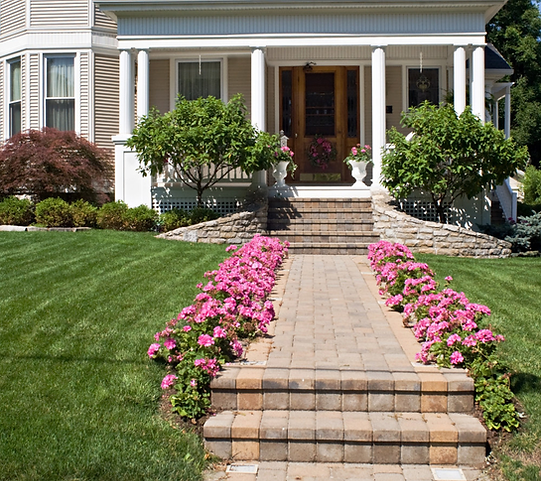
Incorporate Color
Color is vital for curb appeal. Consider your house color and coordinate different hues with that. A color wheel is beneficial when selecting complementary colors.
Select one color that stands out and scatter it throughout your landscape. For instance, if your front door is yellow, choose yellow blossoms such as St. John’s Wort which grows in a rounded bush form and blooms throughout the summer in full sun. A pop of forsythia will add a welcome return of spring in early March. Yellow chrysanthemums add a cheery welcome to fall.
Basic Tips
Groupings
After you have decided on which plants to grow, plant them in groupings of odd numbers 1, 3, 5, etc. If the plant can stand on its own as a pink specimen tree, such as a camellia or dwarfed maple, then only plant one.
Size of Landscaping
Do not underestimate the size of your garden. I have seen many landscapes that were created extending only 2 to 3 feet from the base of the home. A mature shrub will easily overlap that area and extend into the grass in no time. Be sure to create a bed extending at least 6 to 8 feet from the home. These beds should extend to double that size around a front corner of your house. You do not need to fill the entire area with shrubs. Within a year or two the plants you planted will fill in a good deal of your bed.
Plant Size
When choosing shrubbery consider its mature size. A shrub generally grows quite fast unless it is of a dwarf variety. You don’t want to end up pulling out overgrown shrubs a few years down the road. Also, plant them in groupings of 3 with one towards the back and the other two on either side slightly forward. This will allow for annuals to be tucked in front of them to add a pop of color. A straight row of shrubs is not as eye catching as shrubs that are zigzagged throughout the area.
The corner area of the bed usually accentuates a medium to large size tree whose height should be relative to the height of your home. This adds balance to the design. If you have a 2 story home, select a tree that will mature to that height. If it is one story select a shorter tree. Also, select a tree with non-invasive roots so it does not do any damage to the foundation of your home. Avoid oak, ash, and poplar trees as these will wreak havoc on a foundation. Plant the tree in the corner of the bed at least 12 feet from the foundation of your home.
For more information on basic gardening, check out Gardening Ideas for Beginners – I Think I Can!
===<Fast Growing Trees>===
Mixture of Plants
When designing your foundation berm, choose both evergreen and deciduous shrubs and trees. This will make for interest throughout the entire year. Don’t forget about ornamental grasses. They add movement and whimsy to a garden.
Front Yard Plants For Year Round Appeal
Specimen Trees
1. Flowering Dogwood (Cornus florida)
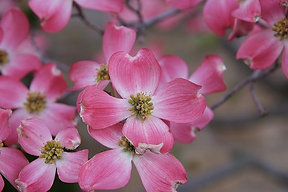
Dogwood Blossom/ Pixabay
Pink
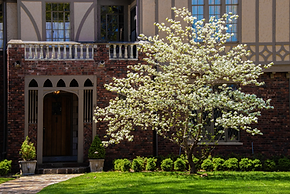
White Dogwood Tree / Dreamstime
Features: 3 inch blossoms in spring; lovely red berries in the fall; pink and white varieties
Size: 12 to 36 feet (4 to 12 m) tall.
Zone and Growing Condition: Moist acidic soil. Does well in an area protected from harsh winter winds. Sun to part shade. Zones 5 to 9.
2. Japanese Maple (Acer palmatum)
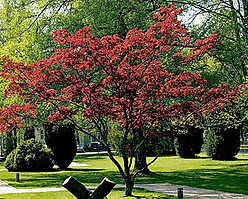
Japanese Maple/ Pixabay
Specimen
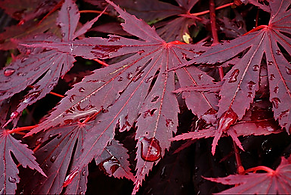
Pointed Japanese Maple Leaf/ Pixabay
Feature: Deeply cut maple leaves in purple, pink, red, and green varieties on graceful branches. Also sold in dwarf varieties
Size: 15 to 35 feet (5 to 12 m) tall and wide
Zone and Growing Condition: Moist, neutral to acidic soil. Sun to part shade. Zones 5 to 8.
3. Magnolia (Magnolia grandiflora)
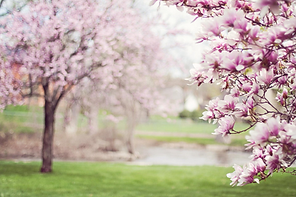
Magnolia Trees/ Pixabay
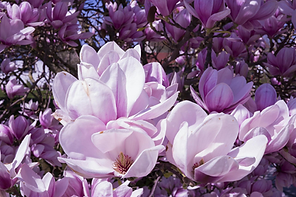
Magnolia Blossoms/ Pixabay
Feature: Large, fragrant, star or bowl-shaped flowers in spring on either deciduous or evergreen trees. Evergreen Magnolia foliage make wonderful roping for Christmas and beyond.
Size: Small tree varieties are compact, reaching 15 feet (5 m), while large tree varieties may reach up to 80 feet (26 m) tall.
Zone and Growing Condition: Fertile, well-drained, slightly acidic soil. Sun to part shade. Zones 4 to 10.
4. Crabapple (Malus)
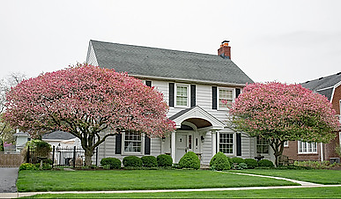
Crab Apple Trees flanking a Colonial style home/ Dreamstime
Crab Apple Tree Blossoms/ Pixabay
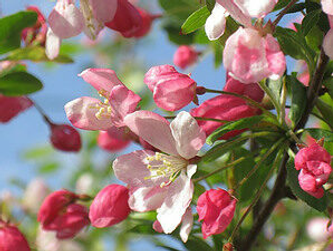
Feature: Spring flowers, attractive fruit for wildlife, and lovely growing habit.
Size: Small Crabapple trees grow 10 to 15 feet (3 to 4.5 m). The largest Crabapple trees reach over 40 feet (12 m) tall.
Zone and Growing Condition: Well-drained soil of sand, loam, or clay. Sun to part shade.
5. Tall Variety Crepe Myrtle (Lagerstroemia indica)
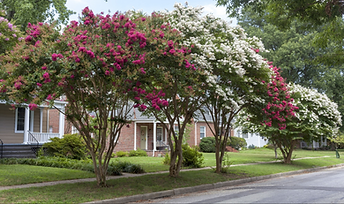
Grouping of Crepe Myrtle Trees/ Dreamstime
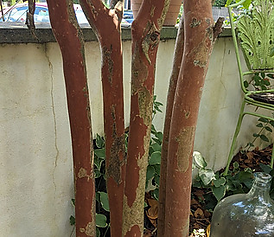
Interesting Crepe Myrtle Bark

Magnolia Trees/ Pixabay

Magnolia Blossoms/ Pixabay
Feature: Mid summer to fall flowers in white, and various shades of red, purple, and pink. Beautiful peeling bark adds to winter interest.
Size: Single tree or multi tree trunk; large variety 20 to 30 feet tall, 10 to 15 feet wide; medium variety 6 to 12 feet tall; dwarf sizes range between 3 to 6 feet tall and 2 to 5 feet tall. They are fast growers and can grow 3 feet in one season.
Zone and Growing Conditions: Zones 6 to 10 depending on the variety. Thrive in full sun and almost any type of soil. If leaves turn yellow, the soil is too alkaline.
Shrubs
1. Floribunda Rose Bush – Cross Between Hybrid Teas and Polyantha Roses
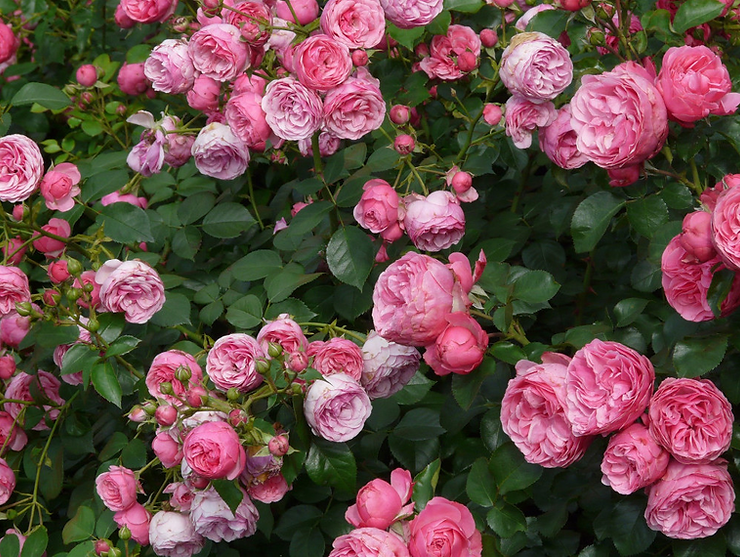
Feature: beautiful flowers from early summer through fall; come in blue, pink, red, and white colors. Remove faded flowers to encourage new blossoms.
Size: Tight and compact, growing up to 6 feet tall and 6 feet wide.
Zone and Growing Conditions: Hardy in zones 5 through 10. Expose to at least 6 hours of full sunlight away from the wind. Prefer rich, fertile, well-drained soil. Provide plenty of water and fertilize twice a year.
2. Rhododendron/Azaleas
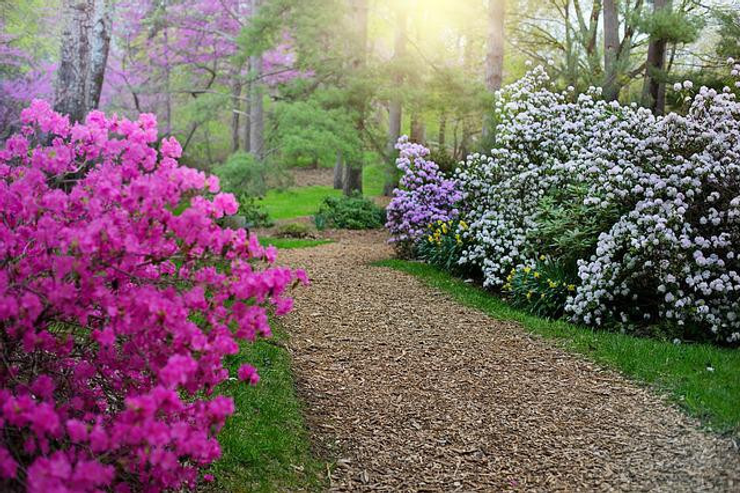
Feature: Beautiful clusters of flowers that bloom from early to mid spring. Come in a variety of colors.
Size: Range in size from dwarf, ground-hugging varieties which may reach 16 in. in 10 years (40 cm), to giant tree-like specimens as tall as 20 ft. or more (6 m). Choose carefully.
Zone and Growing Conditions: Hardiness zone from 5 to 9. More than 1000 species. Thrive in partially shaded spot with well drained organic soil without too much moisture. They need to be watered but do not enjoy a soggy environment.
3. Boxwood Shrub (Buxus sempervirens)
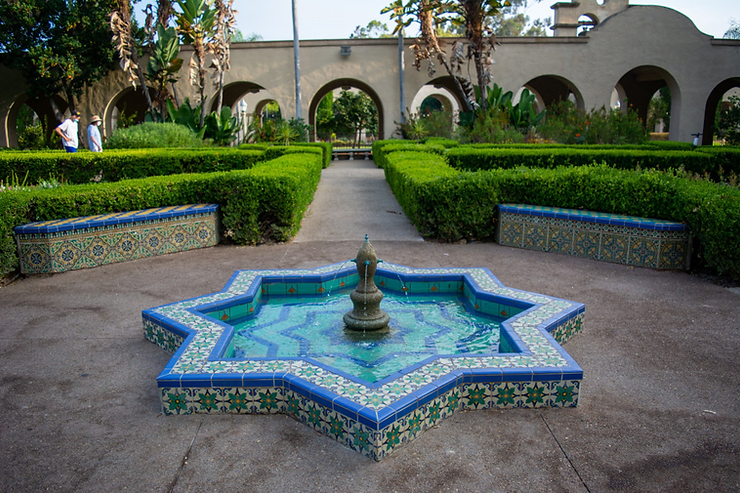
Features: Broadleaf evergreen foliage which can be shaped into any form. Bushy growth habit.
Size: Can grow to 15 feet tall and wide but when pruned will take on any size.
Zone and Growing Conditions: Grow in well-drained loamy soil. Can withstand harsh conditions depending on the variety. Apply balanced fertilizer in eary spring. Prefer part shade or dappled sunlight.
4. Hydrangea Bushes (Hydrangea arborescens)
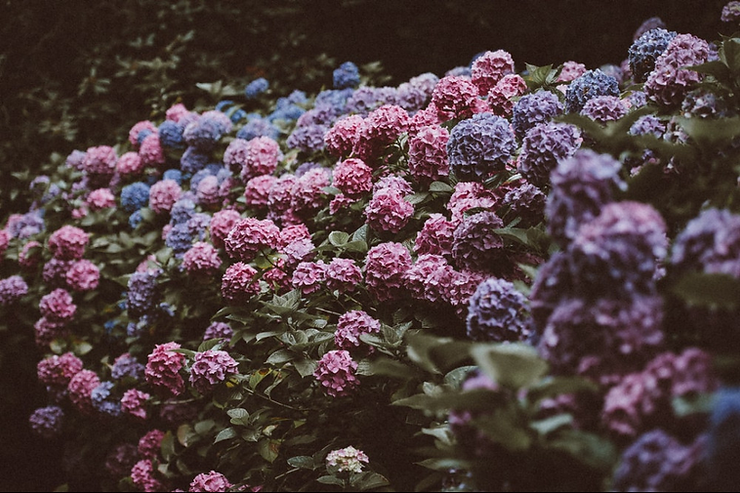
Features: Multiple colors with glorious balls of color. Sometimes called a snowball plant.
Size: Range from 2 to 3 feet tall to 6 feet tall with 6 foot spread.
Zones and Growing Conditions: Grow in zones 4 through 8 and can tolerate urban pollution. Grow in well-draining moist soil. Keep soil moist especially in the heat of the summer. Fertilize in beginning of season and middle of summer.
5. Lavender Plants (L. officinalis)
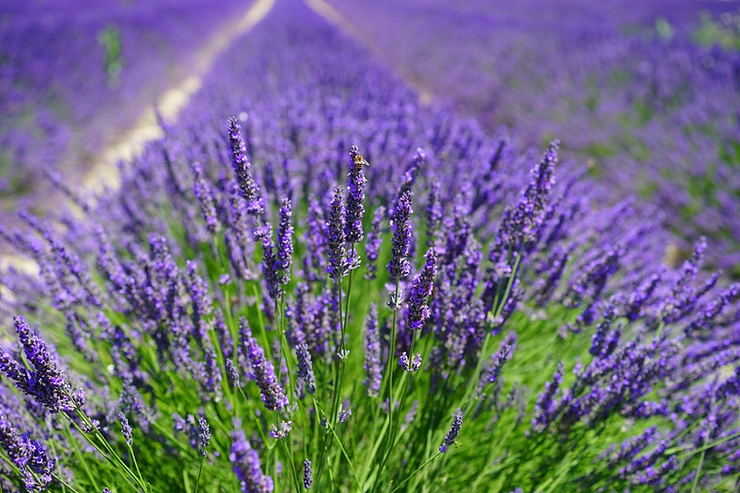
Features: Beautifully scented, fast growing plants.
Size: Grow 20 to 24 inches tall and wide.
Zones and Growing Conditions: English Lavender zone 5; Spanish Lavender zones 7 to 9. Do not like wet soil. Do not mulch too much. Prune in early spring. Do not overcrowd because they grow rapidly.
Porch Appeal
Nothing is more inviting than having clusters of pots on the side of the steps leading to your home or a front door flanked by colorful flowers. For more information on container gardening, click here.
If you are lucky enough to have a front porch, decorate it with hanging baskets. Also, how about adding window boxes to your front windows?
Don’t forget to add some color to your front door. Again, refer to a color wheel to choose a desirable color.
All of these little touches add a warm and welcoming vibe to your home.
Conclusion: Front Yard Plants/Curb Appeal
Phew!! What a long blog!! I hope I didn’t put you to sleep! However, there is a lot to be said about creating a home with curb appeal. If you heed some of these suggestions I think you will be well on your way to creating a home that screams “welcome” to your abode!! For more information on gardening decor, click Unique Garden Ideas.
I hope you enjoyed this post and will share it with friends and family. Please leave a comment below. I’d love to hear about all your successes. Also, feel free to ask my questions. If I don’t have the answers, I’ll find them out for you.
Happy Gardening,
Nina



